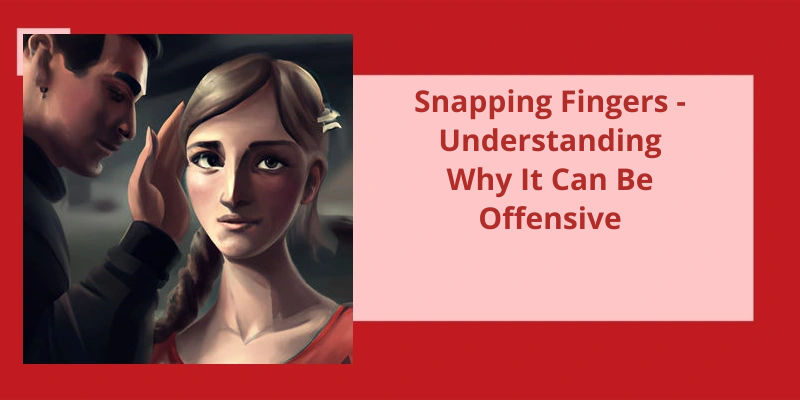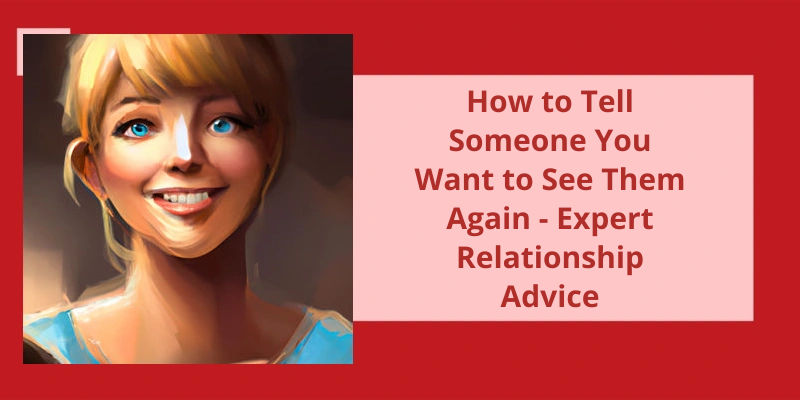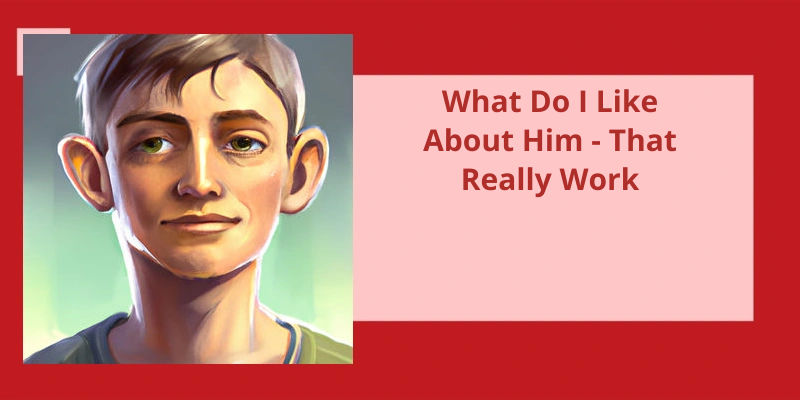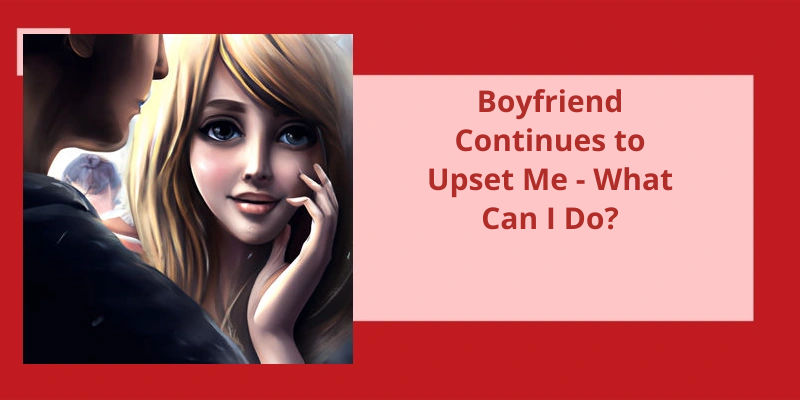While it may seem innocuous in the realm of pop culture and entertainment, snapping fingers at someone can actually be offensive and disrespectful. Moreover, this gesture has been heavily associated with certain stereotypes and stigmas, particularly towards members of certain marginalized groups who’ve historically been portrayed as being sassy or confrontational. In light of this, it’s important to understand the deeper implications and effects of seemingly harmless gestures like snapping fingers and work towards greater inclusivity and respect in our interactions with one another.
Is Clicking Your Fingers at Someone Rude?
It’s often used as a way to indicate a sarcastic and dismissive attitude towards someone. Whether it’s considered rude or not depends on the context and the relationship between the individuals involved. In some cultures, finger snapping is a common gesture used for calling someone over or getting their attention.
Some people may not realize that clicking their fingers at someone can be insulting, and they may use it without understanding the implications. Others may purposely use finger snapping as a way to assert their dominance or show their superiority over someone else. In any case, it’s important to be aware of the potential negative impact of this gesture and to avoid using it in situations where it could be considered inappropriate.
It’s also worth noting that the meaning of finger snapping can vary depending on the context and the individual using it. However, it’s still important to consider the potential impact of this gesture on others and to be mindful of how it may be received.
As with any form of communication, it’s important to be aware of the potential impact of your actions on others and to be respectful and considerate in your interactions with others.
It’s important to be mindful of our manners when dining out, especially when it comes to the way we communicate with our servers. While we may be in a hurry or in need of assistance, clicking our fingers to get their attention isn’t the best approach. In fact, it’s considered one of the most disrespectful gestures we can make in a restaurant. Let’s take a closer look at why this is the case.
Is It Rude to Click Your Fingers at Waiter?
The reason for this is simple – it’s incredibly rude. When you snap your fingers, youre treating the waiter like a servant rather than a human being. It’s demeaning and disrespectful, and it’s no wonder that it’s so widely regarded as a faux pas.
In addition to being rude, clicking your fingers isnt actually an effective way to get your waiters attention. While it might seem like a quick and easy way to signal that you need something, it’s much more effective to make eye contact or raise your hand. This shows that you respect the waiter and understand that theyre busy serving other customers as well.
Of course, there are some situations where it might be appropriate to snap your fingers – for example, if youre in a noisy, crowded bar and youre trying to get the bartenders attention. But in a restaurant setting, theres really no excuse for this kind of behavior. If youre in a hurry or you need something urgently, it’s much better to politely explain this to your waiter rather than trying to get their attention by snapping your fingers.
Ultimately, the key to good manners in a restaurant is to treat your waiter with respect and courtesy. This means being patient, remembering to say please and thank you, and avoiding any behavior that might be seen as rude or disrespectful. By doing so, youll ensure that your dining experience is enjoyable for both you and your waiter – and you might even get some extra-special service as a result.
Now that we’ve a clear definition of what it means to snap at someone, let’s delve deeper into why people feel the need to resort to this behavior and how it can affect their relationships.
What Does It Mean to Snap at Someone?
Snapping at someone is a behavior that’s often associated with impatience and frustration. It’s a form of communication that’s characterized by an abrupt and angry tone, and it often conveys a sense of displeasure or annoyance. When someone snaps at another person, they’re essentially expressing their dissatisfaction with something that the other person has said or done. This can be a very hurtful experience for the person on the receiving end, as they may feel like they’re being attacked or criticized for no reason.
Snapping can occur in a variety of situations and contexts. For example, it isn’t uncommon for individuals in positions of authority to snap at those who work for them. This can happen in the workplace, in educational settings, or even within families. Parents may snap at their children when they’re misbehaving or not following directions, while teachers may snap at their students when they’re disruptive or not paying attention in class.
One of the most damaging aspects of snapping is the impact it can have on relationships. When someone is snapped at repeatedly, they may begin to feel unappreciated, disrespected, and undervalued. This can erode the trust and respect that’s necessary for healthy relationships to thrive. In some cases, snapping can even escalate into verbal or physical abuse, which can cause lasting harm to both parties involved.
For some individuals, snapping may be a learned behavior that was modeled by parents or other authority figures during their formative years. Others may snap because they lack the communication skills or emotional intelligence necessary to express their frustrations in a more constructive way. Regardless of the cause, it’s important to acknowledge the impact that snapping can have on others and work to develop more positive communication habits.
By taking the time to reflect on our emotions and communicate in a more thoughtful and respectful manner, we can build stronger, healthier relationships with those around us.
It’s important to be mindful of cultural differences when traveling to a new country. In China, there are certain gestures and behaviors that may not be socially acceptable, such as snapping your fingers or whistling at someone. These actions can be viewed as disrespectful and should be avoided to ensure that you’re being respectful towards the local customs and people.
Is Clicking Fingers or Whistling Considered Very Rude?
The act of snapping fingers or whistling is often viewed as a way of calling on someones attention or showing impatience with a situation. However, in China, this gesture carries a different meaning altogether. It’s seen as an insult and can elicit a negative response from others. This is because, in Chinese culture, the act of snapping fingers or whistling is considered to be a sign of disrespect and discourtesy.
If you’re planning on visiting China or interacting with Chinese people, it’s essential to be mindful of their cultural beliefs and practices. This includes their ideas about courtesy and good manners. Remember to keep in mind that gestures that might be acceptable in your culture might not be appreciated in a different setting. When in doubt, it’s always better to err on the side of caution and avoid any behavior that could be construed as rude or offensive.
The Chinese value peacefulness, patience, and composure, and these virtues are considered essential to building and maintaining social relationships. Any behavior that undermines these values can be perceived as a personal insult and can lead to conflict.
While clapping has been the traditional way of showing appreciation for performances or speeches, snapping fingers is becoming more popular in certain circles. Initially used during poetry readings in the 1960s, snapping has now become a staple at some sorority events. The unique form of applause is said to have originated during Roman times but has evolved to become a modern means of expressing admiration for artists and performers.
What’s With Snapping Fingers Instead of Clapping?
It was a way for the audience to express their admiration for the poets work without interrupting the performance. This gesture also had a sense of intimacy, with the sound being softer and more personal than clapping. It also allowed a more relaxed atmosphere for the poet to recite their work.
The snapping gesture continued to grow in popularity through the Beat poetry movement of the 1950s and 60s, where it was seen as a rebellious act against traditional forms of expression. The movement rejected the mainstream culture of the time, and snapping became an integral part of their performances. As the movement spread, snapping became a symbol of counterculture and nonconformity.
Today, snapping has become an alternative to clapping in various situations. It’s still used in poetry performances, but it’s also been adopted in other settings such as concerts, comedy shows, and even academic lectures. In some cases, it’s used as a way to show approval or support for a particular idea or statement.
The sound of snapping has also been incorporated into music. It’s frequently used in jazz and spoken word performances during instrumental breaks, providing a subtle percussion effect. It’s become a signature element in certain genres of music, adding to the unique sound and texture of the performance.
Source: Finger snapping
Conclusion
The glorification of this gesture in pop culture has normalized it, but it’s crucial to understand the impact it can have on someone. It’s through acknowledging and educating ourselves on these issues that we can work towards creating a more respectful and inclusive society. By doing so, we can break free from harmful stereotypes that do more harm than good and build a future in which all individuals feel comfortable and respected.






